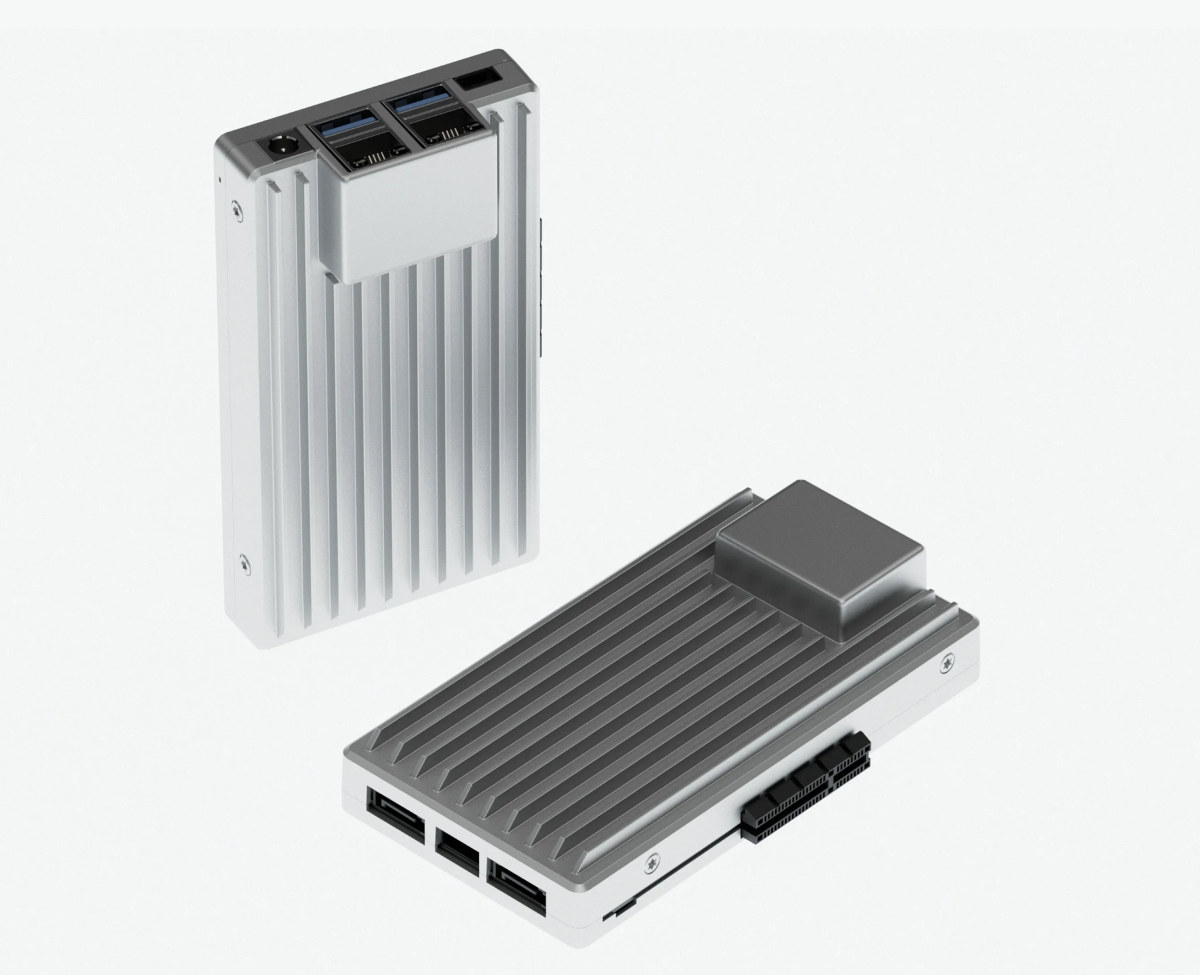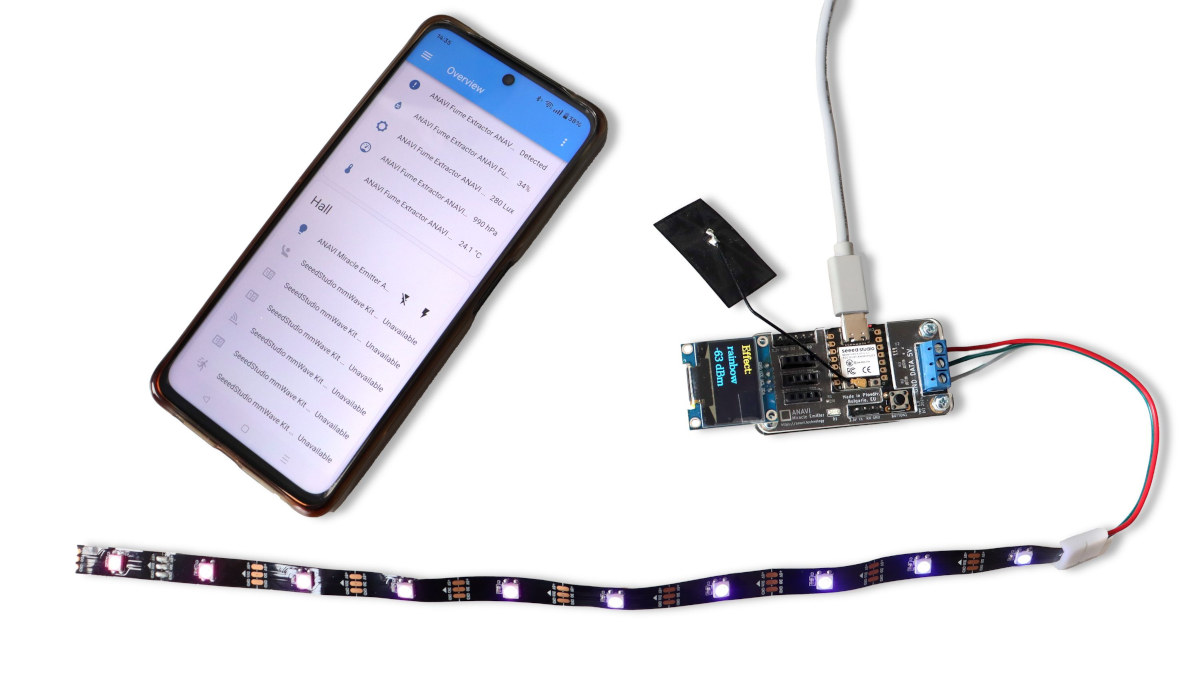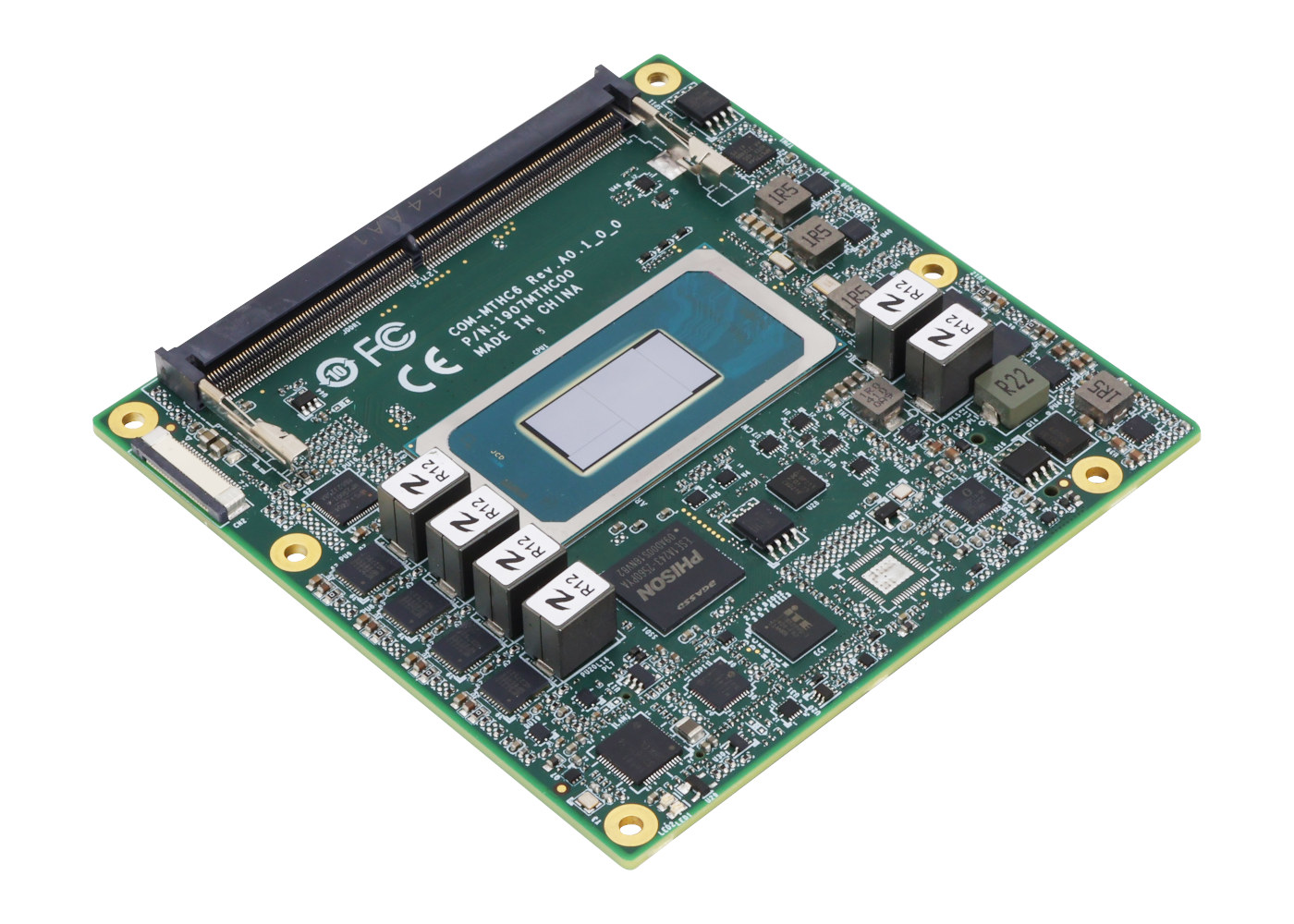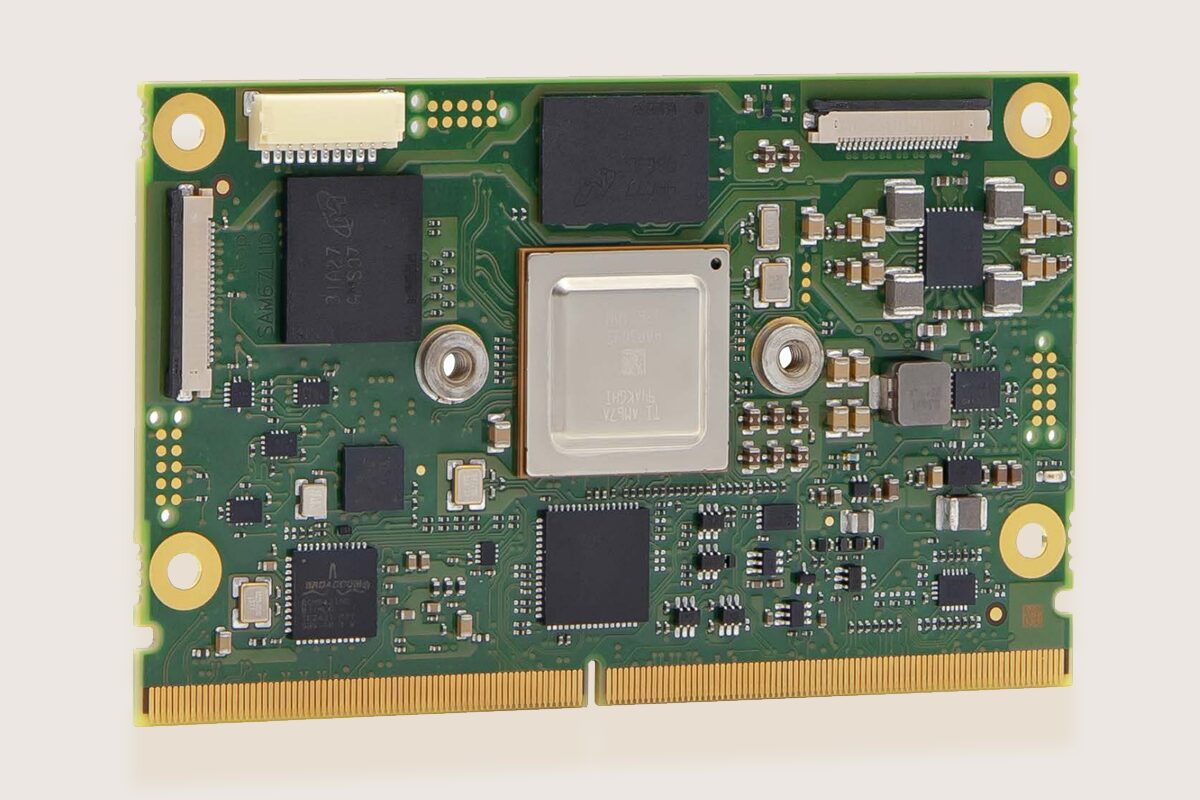ZimaBoard 2 is a compact Intel Processor N150 “Twin Lake” mini PC and micro server with two 2.5Gbps Ethernet ports, two SATA ports, two USB 3.1 ports, and a 4K-capable miniDP video output. It built upon the company’s ZimaBoard introduced in 2021 with an Apollo Lake processor, but offers a much faster Intel N150 CPU, LPDDR5x memory, 2.5GbE networking instead of gigabit Ethernet, and a PCIe Gen 3.0 x4 slot as opposed to a PCIe Gen 2.0 x4 slot. Two variants are offered: one with 8GB RAM and 32GB eMMC flash and the other in a 16GB/64GB configuration. Zimaboard 2 specifications: SoC – Intel Processor N150 quad-core “Twin Lake” processor @ up to 3.6 GHz (Turbo) with 6MB cache, 24EU Intel UHD graphics @ 1000 MHz; PBP: 6W (but set to 10W here) System Memory and Storage ZimaBoard 2 832 – 8GB LPDDR5X 4800MHz; 32GB eMMC flash ZimaBoard 2 1664 […]
Renesas RA0E2 low-cost, low-power Arm Cortex-M23 MCU operates in extended temperature range (-40°C to +125°C)
Renesas RA0E2 is a low-power, low-cost Arm Cortex-M23 microcontroller (MCU) Group part of the RA0 family introduced in 2024 that can operate in an extended temperature range (-40°C to +125°C) and offers a wide variety of peripheral functions and safety features. It follows the RA0E1 devices – the first member of the RA0 family – designed for consumer electronics, household appliances, power tools, industrial monitoring, and other applications, including battery-powered devices. The new RA0E2 MCUs offer both software and pin-to-pin compatibility (for 32-pin SKUs) with RA0E1 devices, but the new family adds more memory and storage with up to 16KB SRAM, 128KB code flash, and 2KB data flash. The RA0E2 also features more I/Os with 32-pin to 64-bit packages, instead of 16-pin to 32-pin packages. Renesas RA0E2 specifications: MCU Core – Arm Cortex-M23 Armv8-M Core up to 32MHz Memory and Storage 16KB SRAM Code Flash – Up to 128KB Data […]
512GB ADATA Premier Extreme SD 8.0 Express memory card delivers up to 1600MB/s read speed
ADATA Technology has launched the industry’s first SD 8.0 Express specification memory card with the Premier Extreme SD 8.0 Express memory card delivering up to 1,600 and 1,200 MB/s read and write speeds using a PCIe Gen3 x2 interface and the NVMe transfer protocol. The SD 7.0 specification was introduced in 2018, adding the SD Express standard using PCIe and NVMe Interfaces for speeds of up to 985 MB/s. Since then, the SD 9.0 specification was ratified in 2023 upping the speed to 4GB/s with SD 8.0 Express. But while the specifications have evolved over the years, and some SD and microSD Express cards were unveiled, including 256GB and 512GB Samsung microSD Express cards, market adoption has been slow since hosts need to support the new format, but few manufacturers do. You’ll find SD Express or microSD Express card readers, high-end cameras with an SD Express slot, and the upcoming […]
Banana Pi BPI-RV2 is a low-cost RISC-V router with a 2.5GbE port and five gigabit Ethernet ports
We briefly mentioned the Banana Pi BPI-RV2 router in our article about the Siflower SF21H8898 quad-core 64-bit RISC-V SoC designed for industrial gateways, routers, and controllers. But we now have more information about Banana Pi’s latest RISC-V router, and it’s available for purchase for $34.50 on AliExpress. So let’s have a closer look. The Banana Pi BPI-RV2 ships with 512MB DDR3 RAM, 128 MB SPI NAND, and 16 MB SPI NOR flash for storage redundancy. The router features one 2.5GbE port with optional PoE support, five gigabit Ethernet ports, an M.2 2242/2230 PCIe Gen 2 x1 interface for NVMe SSD storage, and a mini PCIe socket for a WiFi module. Banana Pi BPI-RV2 specifications: SoC – Siflower SF21H8898 quad-core 64-bit RISC-V @ 1.25GHz System Memory – 512MB DDR3 Storage 128 MB SPI NAND Flash for U-Boot and Linux 16 MB SPI NOR flash for U-Boot and Linux; write protected by […]
ANAVI Miracle Emitter – A WiFi and BLE RGB LED controller compatible with Home Assistant, WLED firmware (Crowdfunding)
ANAVI Miracle Emitter is an open-source hardware ESP32-C3 WiFi and BLE controller designed to control 5V addressable RGB LED strips, which works with Home Assistant over MQTT and also supports the popular WLED firmware to easily control the LED strip through a web interface. It also features four I2C expansion headers for sensors and a small OLED display, a UART header, and a GPIO header. It’s an update to Leon ANAVI’s Miracle Controller introduced in 2019 with an ESP8266. A lot of things have changed since then, and it’s gotten easier than ever to control RGB LED strips using open-source software and firmware. ANAVI Miracle Emitter specifications: Wireless Module – Seeed Studio XIAO ESP32C3 Wireless MCU – Espressif Systems ESP32-C3 single-core RISC-V microcontroller @ 160 MHz with 400KB SRAM, 384KB ROM, 4MB flash, Wi-Fi 4 & Bluetooth LE 5.0 connectivity Antenna – External u.FL antenna USB – USB Type-C port […]
Raspberry Pi Pico-sized RP2350 CAN development board features a clone of the MCP2515 CAN Bus controller
Waveshare has recently launched RP2350-CAN, a Raspberry Pi RP2350-powered CAN development board with onboard XL2515 CAN Bus controller and a SIT65HVD230 CAN transceiver. The board supports the CAN V2.0B protocol at up to 1 Mbps, and the XL2515 chip appears to be a clone of the popular Microchip MCP2515 CAN controller. The board includes the same 26 multi-function GPIO pins and USB-C port as found on the Raspberry Pi Pico 2. Other features include a DC-DC buck-boost converter (MP28164), BOOT and RESET buttons, a user LED, a selectable 120Ω CAN termination resistor, and CAN screw terminals. The CAN Bus board targets automotive, industrial control, and robotics applications. Waveshare RP2350 CAN specifications: SoC – Raspberry Pi RP2350A CPU Dual-core Arm Cortex-M33 @ 150 MHz with Arm Trustzone, Secure boot OR Dual-core RISC-V Hazard3 @ 150 MHz Up to two cores can be used in any combination Memory – 520 KB on-chip SRAM […]
AAEON COM-MTHC6 COM Express Type 6 Meteor Lake-H module offered with up to 45W Intel Core Ultra 9 185H processor
AAEON’s COM-MTHC6 COM Express Type 6 module is powered by the Intel Meteor Lake H processor series with a choice between the Core Ultra 9 185H, Core Ultra 7 155H, or Core Ultra 5 125H CPUs. The module supports up to 96GB DDR5 memory, features an optional BGA SSD, two MIPI CSI connectors, and two standard 220-pin B2B connectors exposing interfaces such as PEG 4.0 and PCIe Gen4, and offers a 9V to 16V power input range. AAEON claims the COM-MTHC6 is the world’s first COM Express Type 6 equipped with a 45W Meteor Lake-H CPU, such as the Core Ultra 9 185H. I can indeed see similar COM Express modules like the ADLINK cExpress-MTL only ship with 15W or 28W parts. AAEON COM-MTHC6 specifications: Meteor Lake-H SoC Intel Core Ultra 5 125H 14-core (4P+8E+2LPE) processor @ up to 4.5 GHz with 18MB cache, 7x Xe-cores Intel Arc graphics @ […]
JUMPtec SMARC-sAM67 – An industrial SMARC SoM based on TI AM67x Jacinto SoC for Edge AI and vision applications
JUMPtec, a subsidiary of Kontron, has recently introduced SMARC-sAM67, an industrial SMARC SoM built around Texas Instruments’ AM67x Jacinto dual- or quad-core processors (AM67, AM67A, or AM67D) designed for industrial, robotic, and vision applications. The SMARC-sAM67 module features up to 8GB LPDDR4 memory, up to 64GB eMMC 5.1 flash, dual Gigabit Ethernet, PCIe Gen3 x1 expansion, USB 3.2 and USB 2.0, and display interfaces including dual-channel LVDS and DSI (or optional DisplayPort). It also features four UARTs, CAN bus, SPI, I2S, I2C, MIPI CSI cameras, and various industrial features such as extended temperature support (-40°C to 85°C), failsafe update support, and an ultra-low power RTC. JUMPtec SMARC-sAM67 SoM Specifications: SoC – Texas Instruments dual- or quad-core AM67x Jacinto processor (Standard AM67, optional AM67A or AM67D) System Memory – Up to 8GB LPDDR4 RAM Storage – Up to 64GB eMMC 5.1 flash storage Networking – 2x 10/100/1000 Mbps Ethernet PHY with […]













